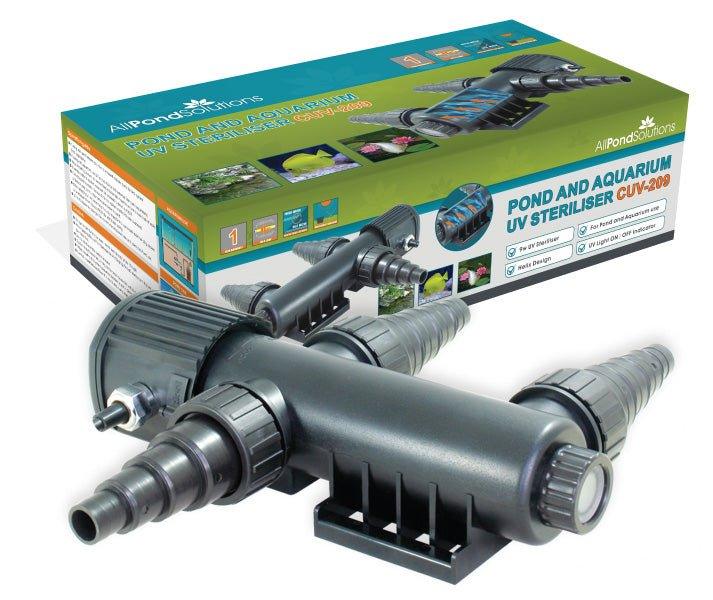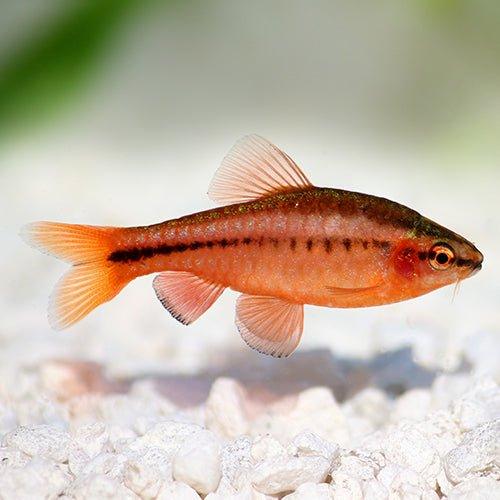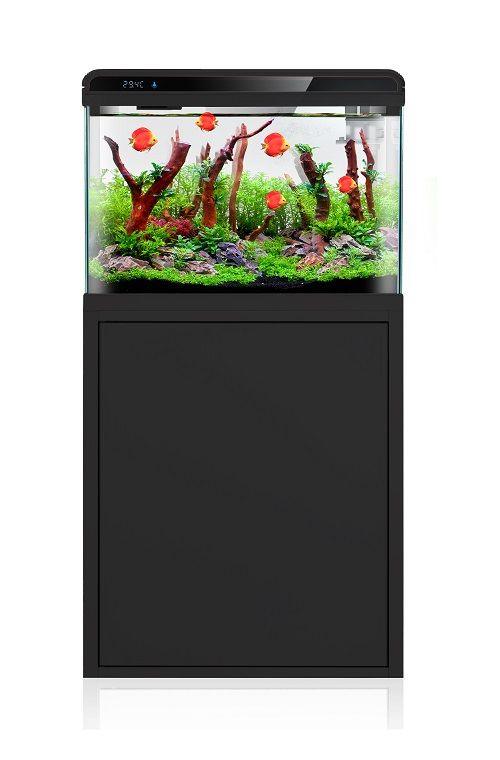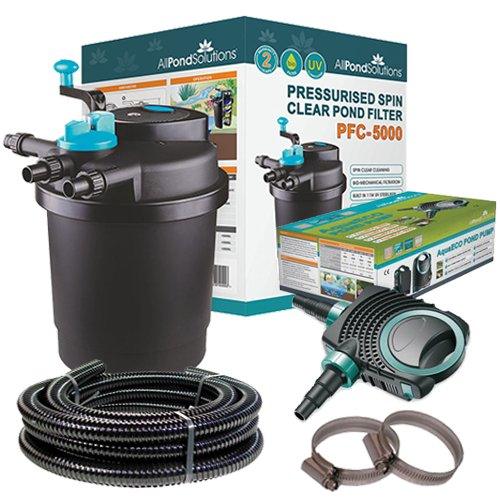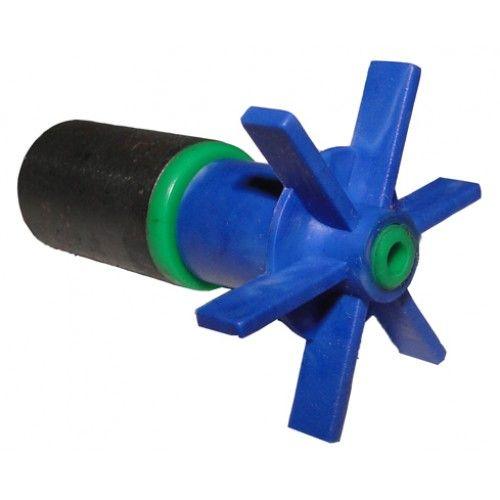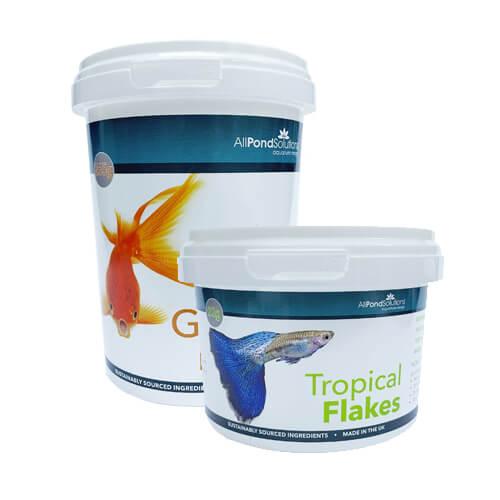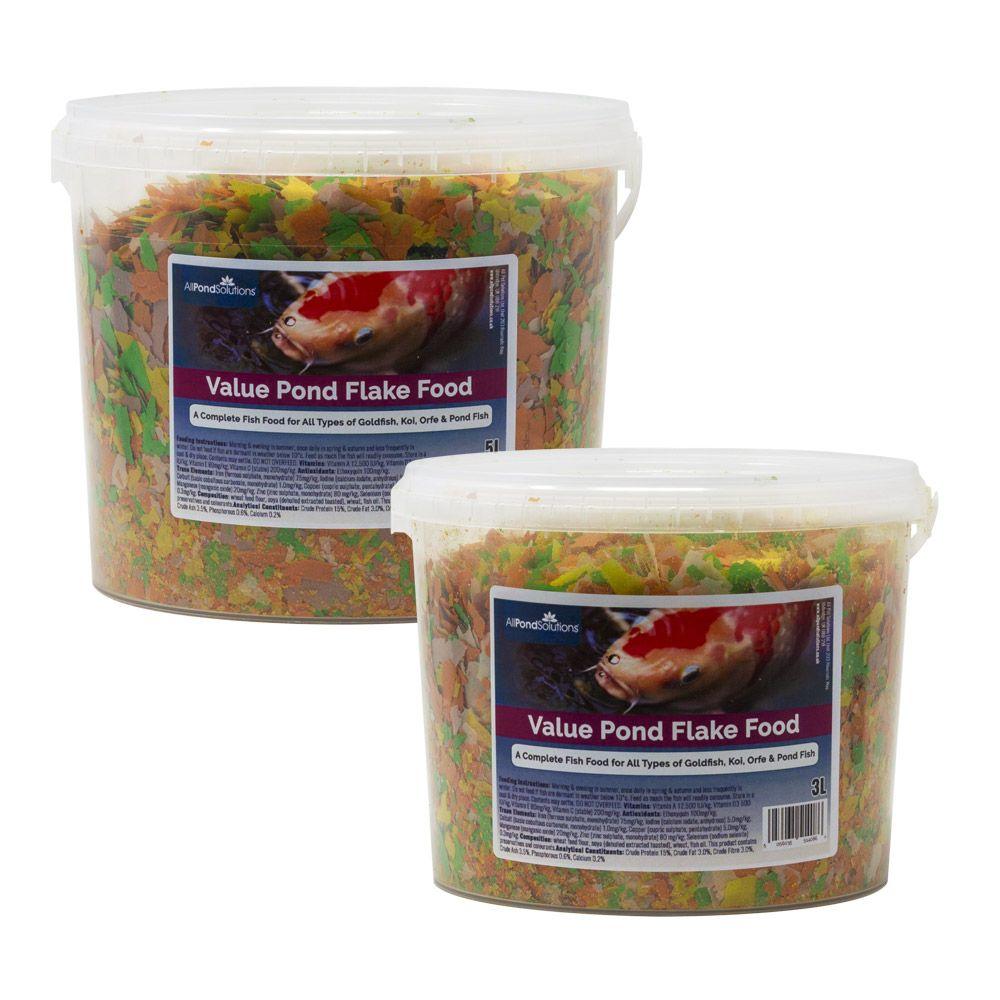Latin Name: Puntius titteya
Please note – The image used above is for illustration purposes only; Size, colour and sex may vary. Many of our livestock species are sold as juveniles and have not yet reached their full size and colour potential. If you have any concerns about the size or colour of the livestock you wish to order, please contact our livestock team via our support centre before placing your order. Due to the large quantities of livestock orders daily, the livestock team will are unable to select fish / shrimp to meet specific gender or aesthetic needs.
Approximate purchase size : 2 - 4cm
All Pond Solutions will always endeavour to supply as close to the approximate size range as possible. Due to variations from suppliers on rare occasions this may not always be possible. Images used are to show the full potential of the fish when fully mature and are not always representative of juvenile specimens.
How easy are they to care for?
Barbs can be a very robust and hardy fish, often used as an introductory fish to new mature aquariums. Easy to care for and will readily accept most foods, Cherry barbs are generally a peaceful specimen.
How large can they grow?
7cm
Where in the world are they from?
Extensive distribution from Vietnam, Laos, South Western China and Taiwan.
What is the ideal number to keep together?
Ideally kept in a good shoal of 6 or more.
What water conditions do they require?
Ideally slightly acidic water conditions are provided between 6.5pH - 7pH however they will happily live in conditions ranging up to pH of 7.5 or higher. Temperatures should range between 24-26°C.
What should you feed them?
Will happily accept a wide variety of foods including Flake, Frozen and Live.
How compatible are they with other fish?
Cherry Barbs are generally a peaceful fish and will happily get along with species of a similar size.
Can they be bred in captivity?
When mature it is not uncommon to see egg scattering taking place among fine leaved plants. However no after care is provided and it is unusual for fry or eggs to survive unless given a seperate environment to grow in. Males tend to be slimmer with much more vivid colours presented.
